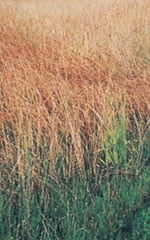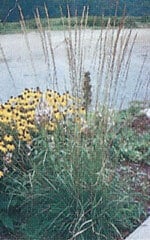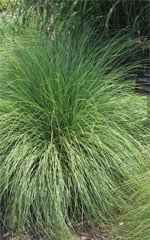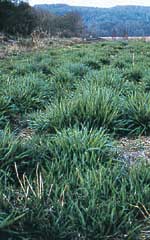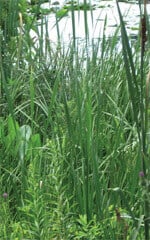Description
Little Bluestem Seeds 8035 (Andropogon scoparius). Native of Canada. Perennial.
450 seeds/gram
Little Bluestem is the most popular native grass used for ornamental purposes. It is used extensively in landscape settings both as specimens and in mass plantings. A native warm season clump forming shortgrass that combines very well with wildflowers. Its blue and green summer hues turn a striking red in the fall and are finished off with fluffy, silver-white seed heads. Plants are a host for numerous skipper larvae and the seed produced provides food for song and game birds and small mammals. Grows best in well drained, medium to dry soil – it is not recommended for wet or heavy clay soil types. Plants range between 60-120 cm in height. Little Bluestem possesses superb drought tolerance and is hardy to Zone 3. For many native and perennial plants, late fall is the best time to sow seed directly outside. Why you ask? Simply put, many of these plants produce seed that is viable but dormant. This means allowing seeds to naturally stratify over window will “wake up” the dormant seed for best results.
How to Grow
Native grasses do best when planted in the fall, between Oct. 15th and Nov. 15th. A late fall sowing naturally stratifies any seed that may be dormant. An early spring sowing 12 mm deep in April will also work very well with Little Bluestem. Keep in mind that if ideal growing conditions are unavailable, the seed may go dormant and not germinate until the spring of the following year.
Many native plants will not bloom until the second year of growth when grown from seed. Avoid the use of supplemental fertilizer as this encourages weeds at the expense of the native plants. During the establishment year, native species plantings should be watered when dictated by the weather. The following year’s growth adapts easily to local climate and soil conditions needing only what nature provides. Mow to 20 cm height at least once through the first year of growth should aggressive weeds threaten to take over the planting and again after the fall frosts have reduced annual foliage. Consider a controlled burn of prairie species where municipal laws permit. The encroachment of woody or non-prairie vegetation is curtailed by fire allowing the prairie community to thrive. Germination takes 14-28 days.

